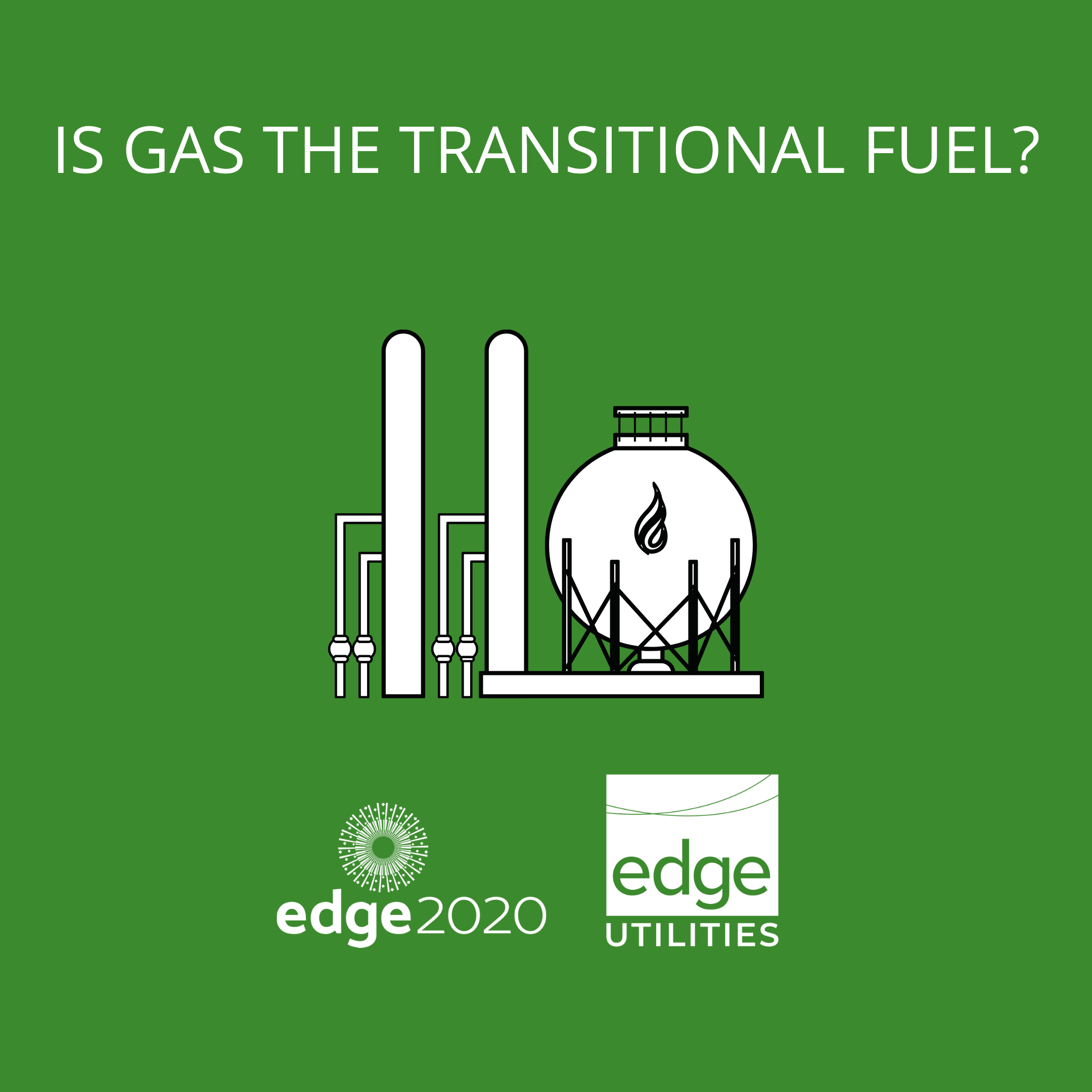
AEMO are now calling the ‘gas led recovery’ the ‘diversified technology’ scenario.
It appears that not all is dead for gas as an option as the transitional fuel and a fuel used into the future. Methane (CH4) is commonly thought of as the gas to power generation, however in this case it looks like ammonia (NH3) could be used. This carbon free fuel can be made by renewable hydrogen and is commonly used in fuel cells and rocket engines as a propellant.
Gas turbine generators are essentially modified rocket engines so it’s not hard to imagine ammonia to be used to fuel power generating gas turbines. Mitsubishi Power have developed gas turbines to operate on hydrogen but now they have gone a step further to develop ammonia-fired technology.
Mitsubishi Power is currently developing a version of its 40MW H-25 series gas turbine that would operate using ammonia, this commercial scale gas turbine is the first in the world to operate on ammonia as a fuel and is expected to reach commercialisation by 2025.
Ammonia is the chosen fuel as it is a highly effective transporter of hydrogen, using readily available nitrogen molecules to create a stable compound able to be easily stored and transported.
Apart from the usability of ammonia as a fuel source it comes with the added benefit of achieving a carbon neutrality fuel.
As with any technology there is always a downside, the combustion of ammonia results in the production of Nitrogen oxide (NOx). NOx can have harmful effects on the environment by creating smog and in some cases acid rain. The NOx by-product can be reduced using catalytic similar to the ones used in car exhausts to reduce the level of emissions.
